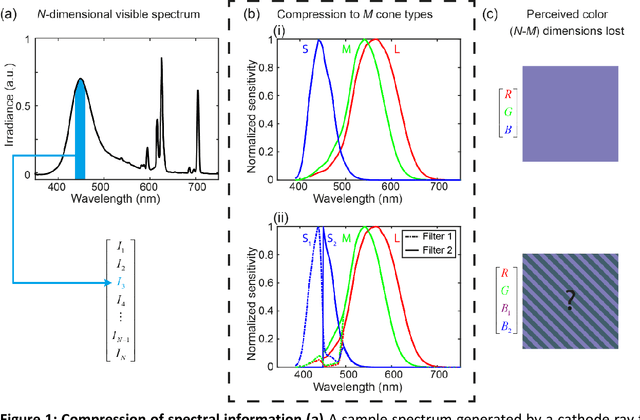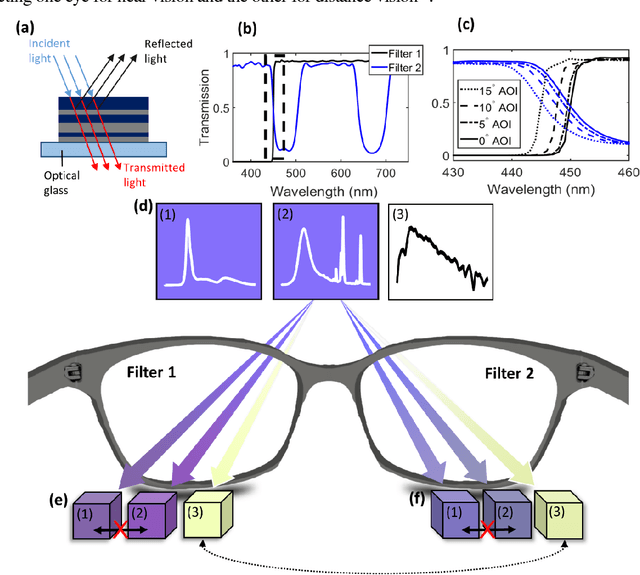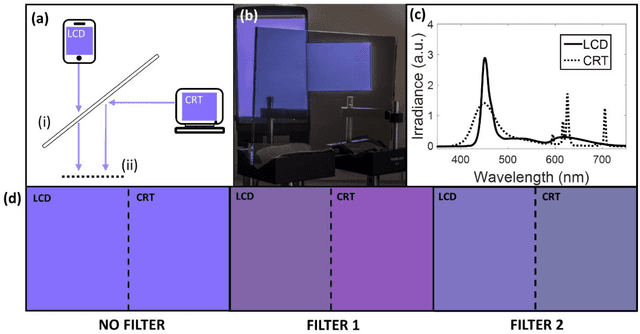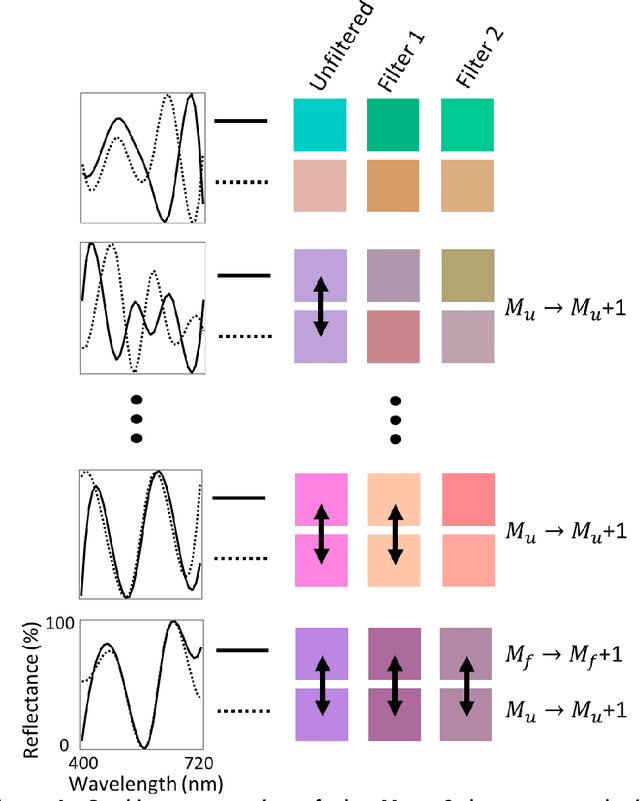Mikhail A. Kats
ChatGPT-4 with Code Interpreter can be used to solve introductory college-level vector calculus and electromagnetism problems
Sep 16, 2023Abstract:We evaluated ChatGPT 3.5, 4, and 4 with Code Interpreter on a set of college-level engineering-math and electromagnetism problems, such as those often given to sophomore electrical engineering majors. We selected a set of 13 problems, and had ChatGPT solve them multiple times, using a fresh instance (chat) each time. We found that ChatGPT-4 with Code Interpreter was able to satisfactorily solve most problems we tested most of the time -- a major improvement over the performance of ChatGPT-4 (or 3.5) without Code Interpreter. The performance of ChatGPT was observed to be somewhat stochastic, and we found that solving the same problem N times in new ChatGPT instances and taking the most-common answer was an effective strategy. Based on our findings and observations, we provide some recommendations for instructors and students of classes at this level.
Enhancing human color vision by breaking binocular redundancy
Jun 11, 2018



Abstract:To see color, the human visual system combines the response of three types of cone cells in the retina--a compressive process that discards a significant amount of spectral information. Here, we present an approach to enhance human color vision by breaking its inherent binocular redundancy, providing different spectral content to each eye. We fabricated a set of optical filters that "splits" the response of the short-wavelength cone between the two eyes in individuals with typical trichromatic vision, simulating the presence of approximately four distinct cone types ("tetrachromacy"). Such an increase in the number of effective cone types can reduce the prevalence of metamers--pairs of distinct spectra that resolve to the same tristimulus values. This technique may result in an enhancement of spectral perception, with applications ranging from camouflage detection and anti-counterfeiting to new types of artwork and data visualization.
 Add to Chrome
Add to Chrome Add to Firefox
Add to Firefox Add to Edge
Add to Edge